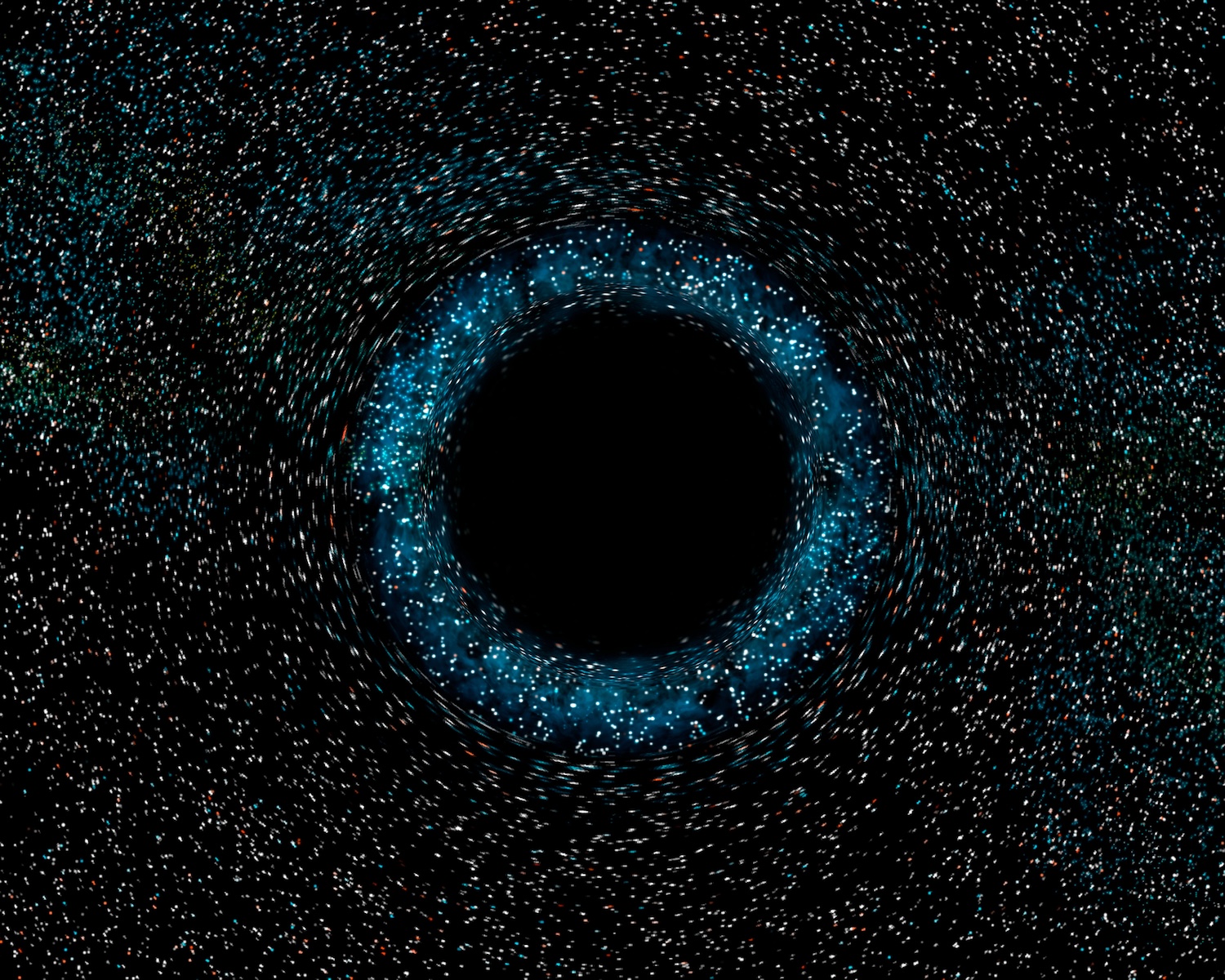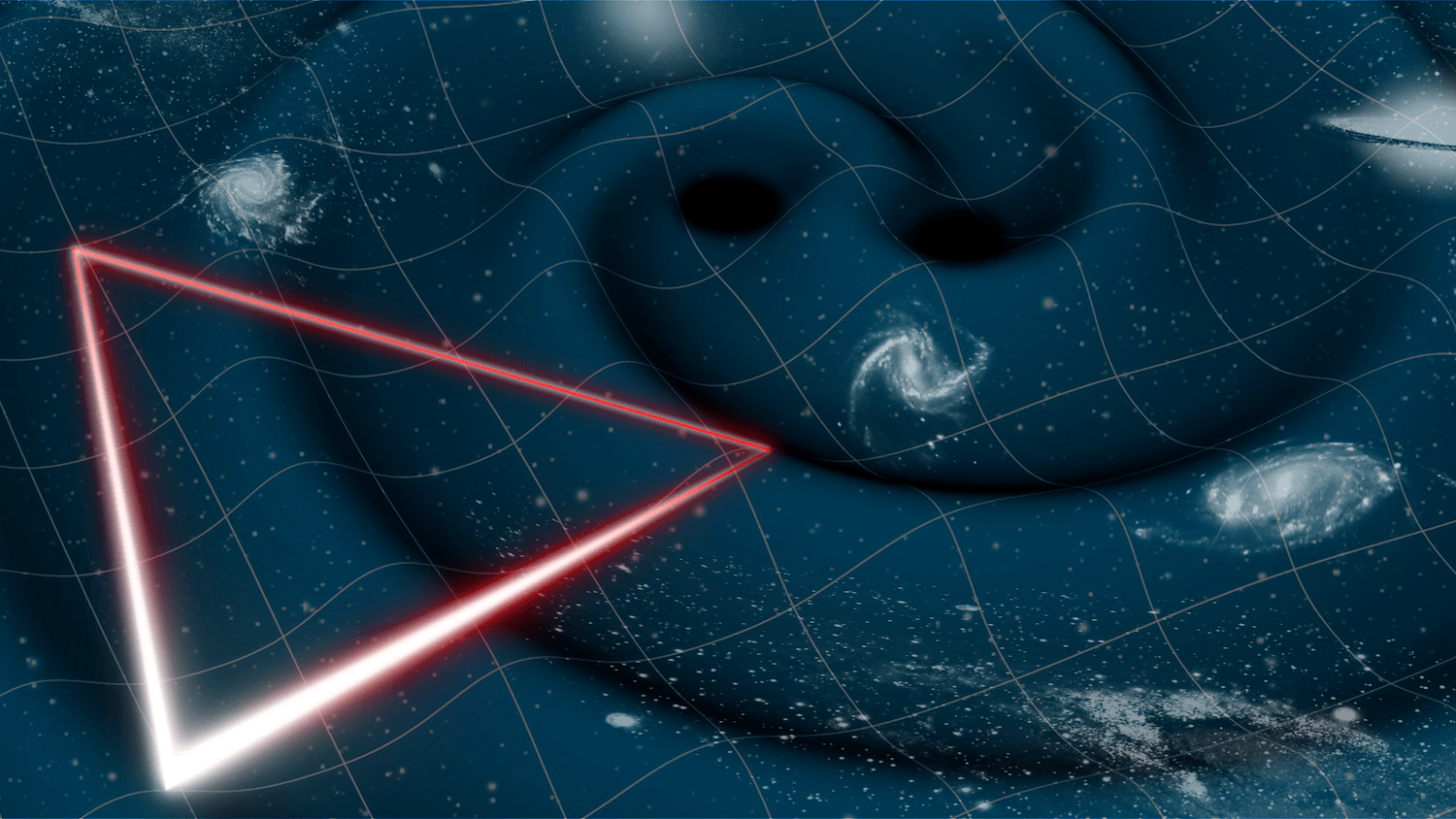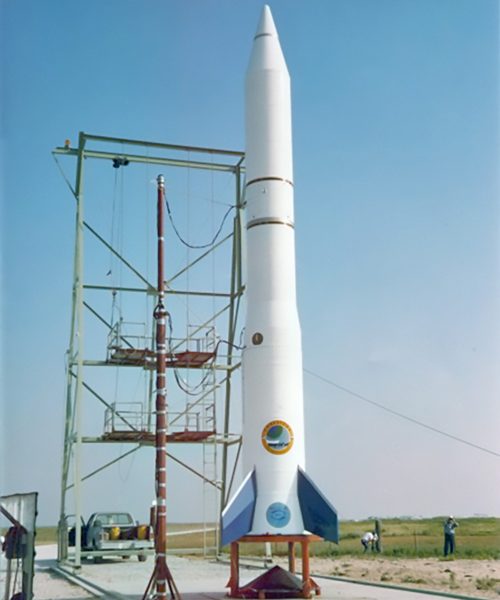A black hole is a terrifying concept, but the mysterious nexus of physics and space-time isn’t always gobbling up matter. While famous for devouring anything and everything in its gravitational pull, black holes aren’t constantly destructive. In fact, they often exhibit long periods of dormancy. Astronomers had never witnessed a black hole “wake up” in real time—until now.
Researchers have spent the past few years watching a black hole re-awaken roughly 300 million light-years away from Earth. And what they’ve documented challenges prevailing theories about black hole lifecycles. The groundbreaking observations are detailed in a study published on April 11 in Nature Astronomy.
For decades, the supermassive black hole anchoring a galaxy known as SDSS1335+0728 in the Virgo constellation hasn’t displayed much activity. But beginning in late 2019, astronomers noticed it began to emit intermittent, bright flashes of energy. They soon reclassified the galaxy’s center as an active galactic nucleus nicknamed “Ansky,” and enlisted telescopes from NASA and the ESA to help study the unexpected event.

“When we first saw Ansky light up in optical images, we triggered follow-up observations using NASA’s Swift X-ray space telescope, and we checked archived data from the eROSITA X-ray telescope, but at the time we didn’t see any evidence of X-ray emissions,” Paula Sánchez Sáez, a researcher at the European Southern Observatory in Germany and lead researcher of the first team to study Ansky, said in a statement.
Fast forward to February 2024 when Lorena Hernández-García at Chile’s Valparaiso University began detecting even more regular X-ray bursts from Ansky. The rare events allowed astronomers to once again aim their tools like the XMM-Newton X-ray space telescope and NASA’s Chandra, NICER, and Swift telescopes at Ansky. Hernández-García and collaborators then determined the black hole was displaying a phenomenon known as a quasiperiodic eruption, or QPE.
“QPEs are short-lived flaring events. And this is the first time we have observed such an event in a black hole that seems to be waking up,” said Hernández-García.
XMM-Newton proved particularly critical to studying Ansky’s behavior, since it is the only telescope sensitive enough to capture fainter background X-ray light amid the black hole’s stronger X-ray bursts. By comparing the two phases, astronomers could calculate the amount of energy released by Ansky during its more active periods.

While a black hole inevitably destroys everything it captures, objects behave differently during their impending demise. A star, for example, generally stretches apart into a bright, hot, fast-spinning disc known as an accretion disc. Most astronomers have theorized that black holes generate QPEs when a comparatively small object like a star or even a smaller black hole collides with an accretion disc. In the case of Ansky, however, there isn’t any evidence linking it to the death of a star.
“The bursts of X-rays from Ansky are ten times longer and ten times more luminous than what we see from a typical QPE,” said MIT PhD student and study co-author Joheen Chakraborty. “Each of these eruptions is releasing a hundred times more energy than we have seen elsewhere. Ansky’s eruptions also show the longest cadence ever observed, of about 4.5 days.”
Astronomers must now consider other explanations for Ansky’s remarkable behavior. One theory posits that the accretion disc could come from nearby galactic gas pulled in by the black hole instead of a star. If true, then the X-rays may originate from high energy shocks to the disc caused by a small cosmic object repeatedly passing through and disrupting orbital matter.
As it stands, astronomers possess more QPE models than data from actual events. Thanks to Ansky’s reawakening, that may soon change.
“We don’t yet understand what causes them,” said Hernández-García. “Studying Ansky will help us to better understand black holes and how they evolve.”






